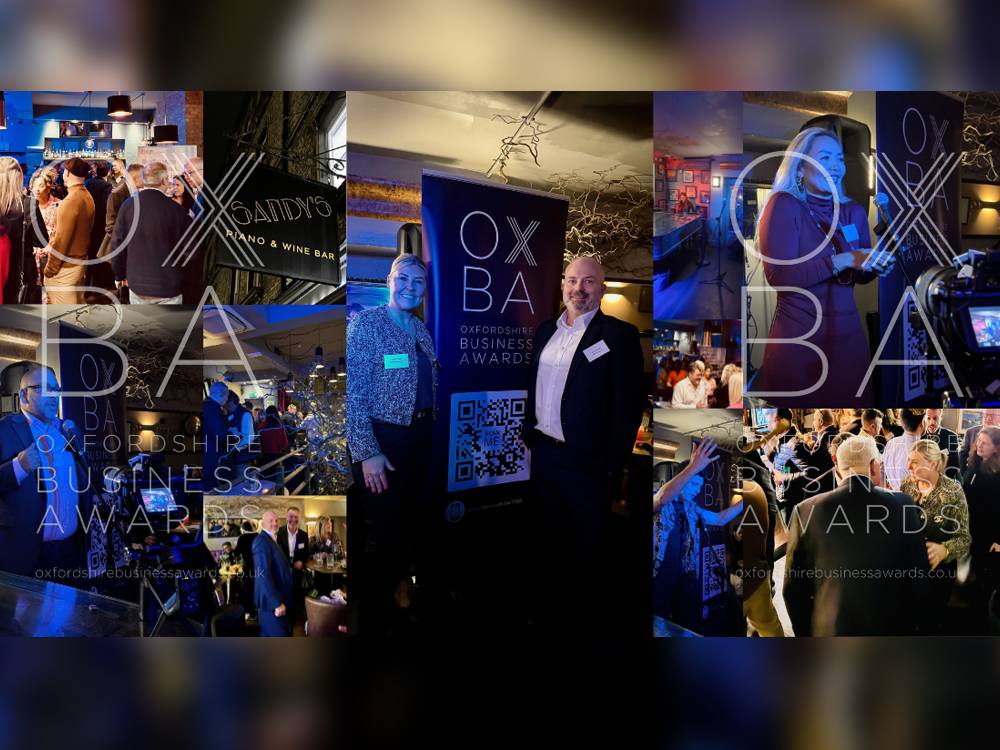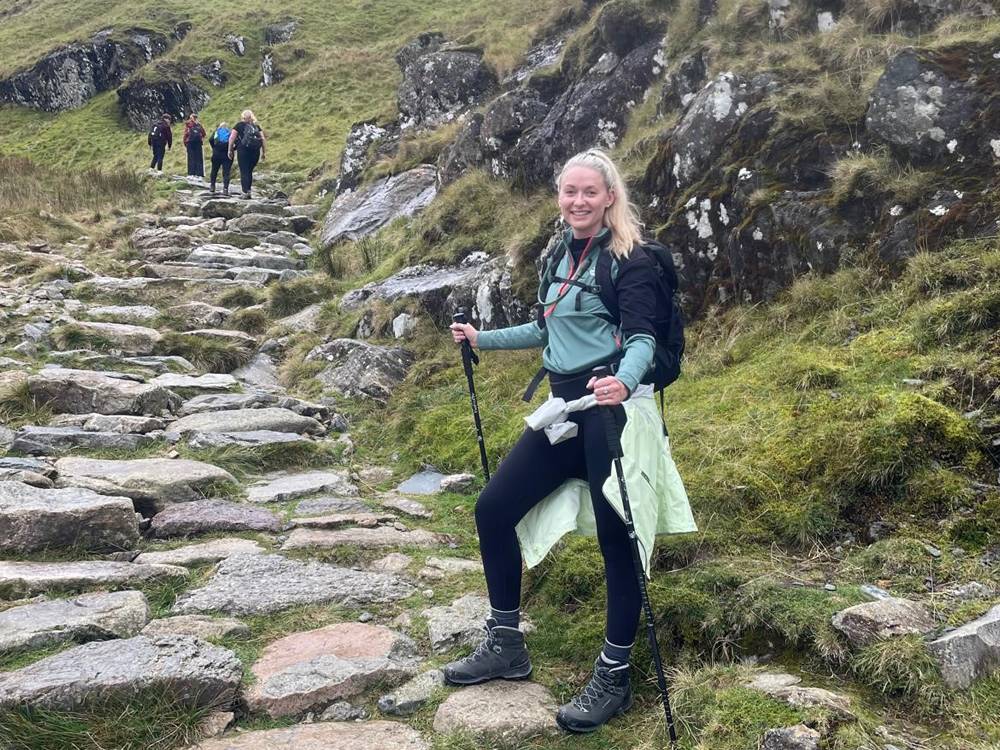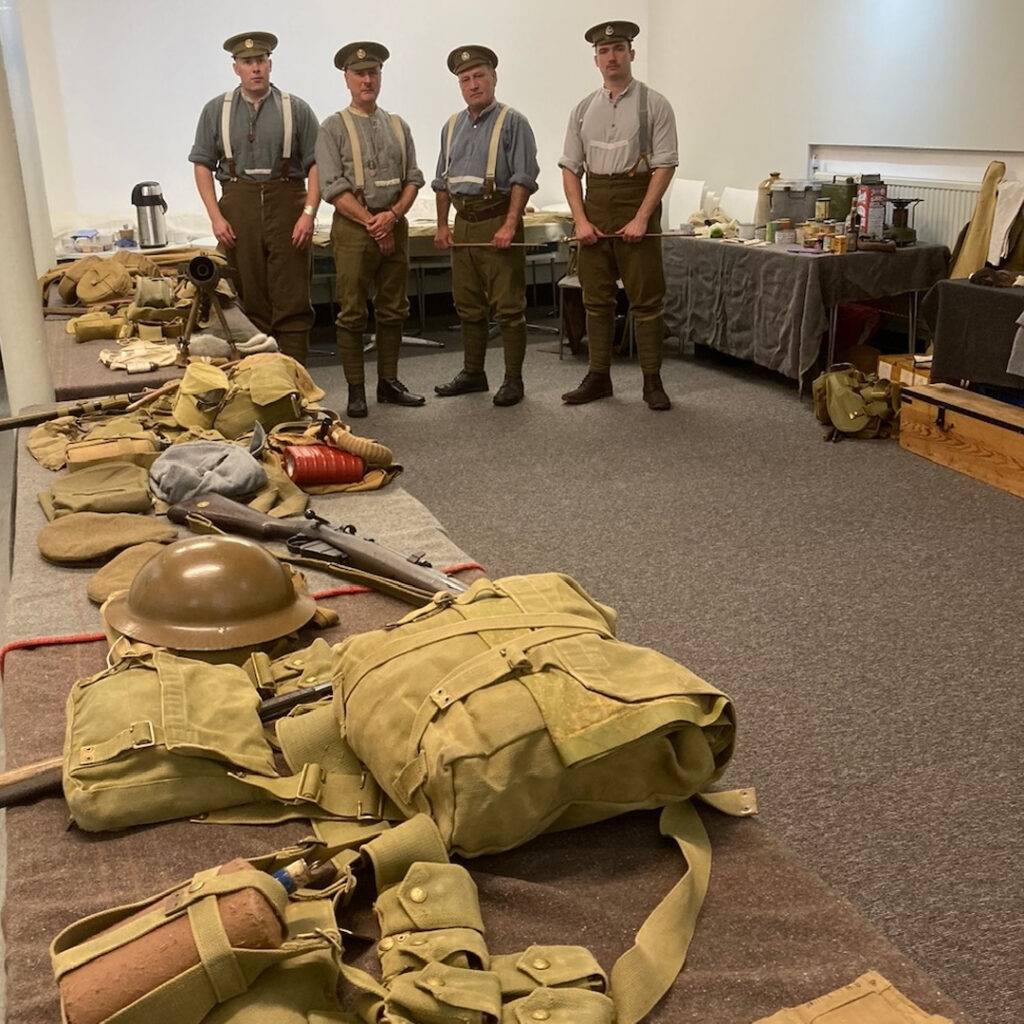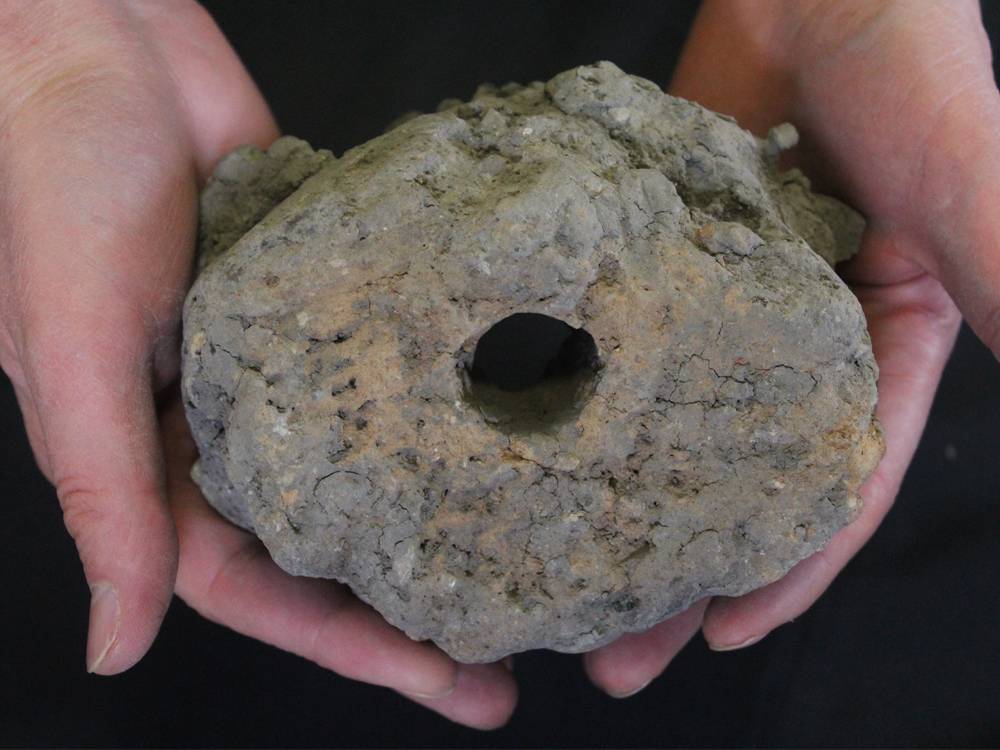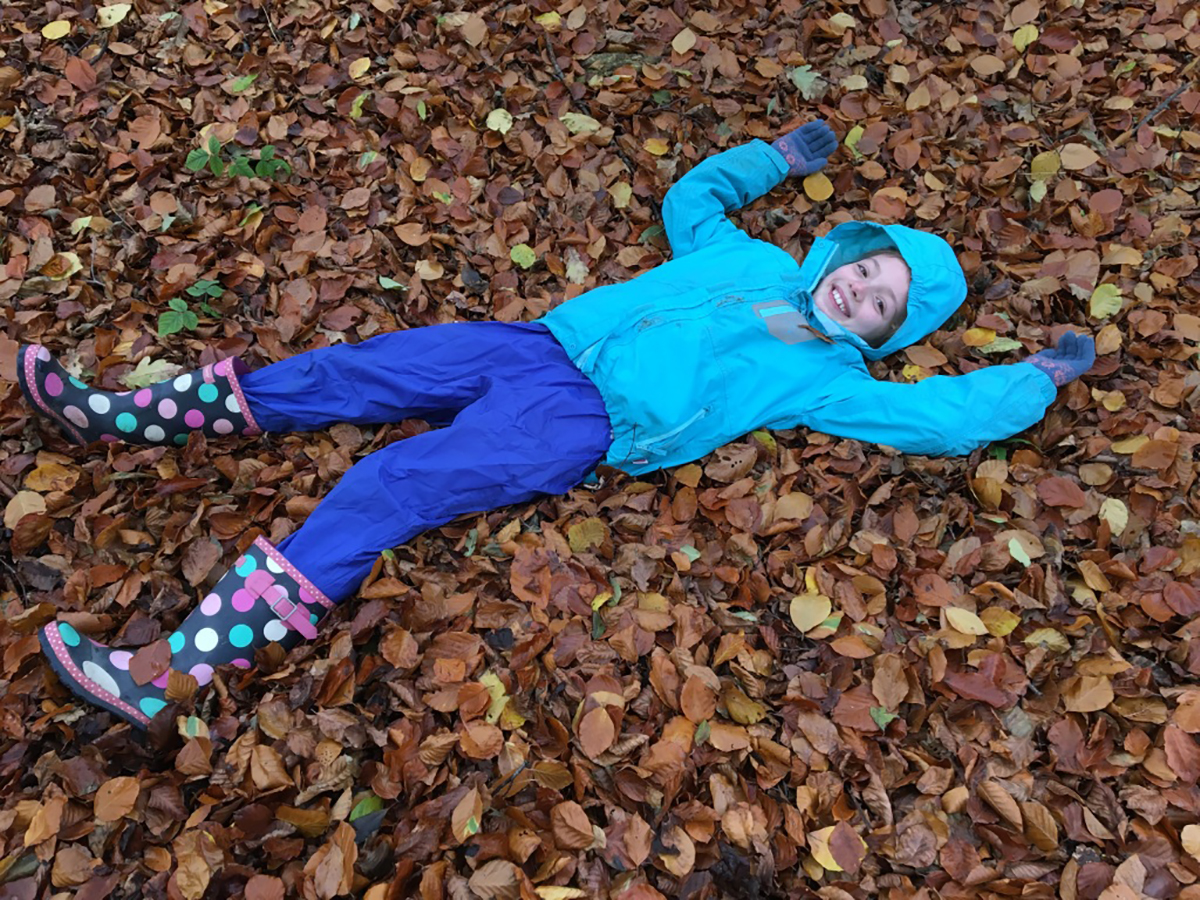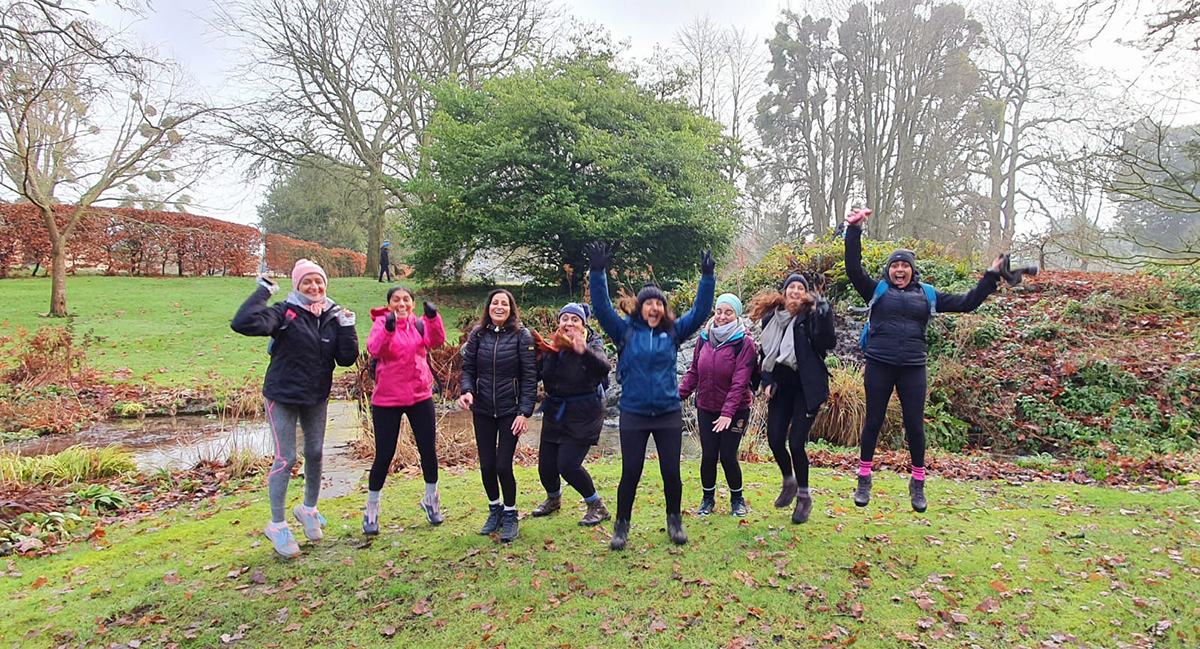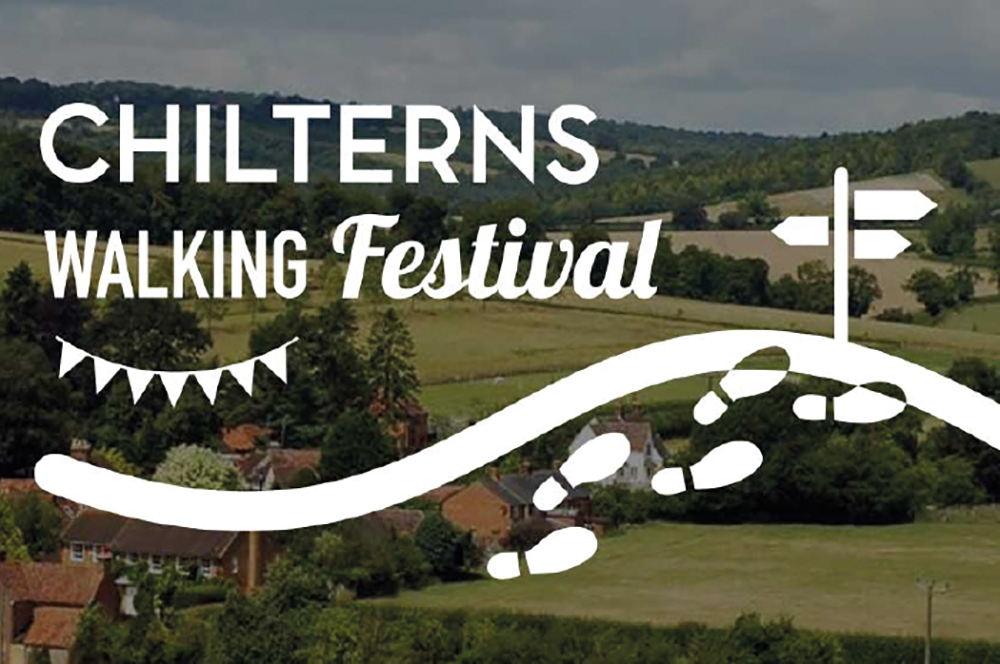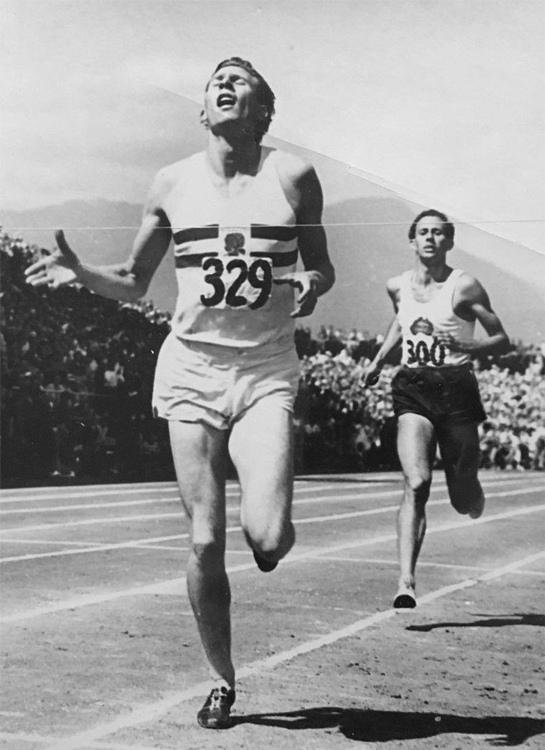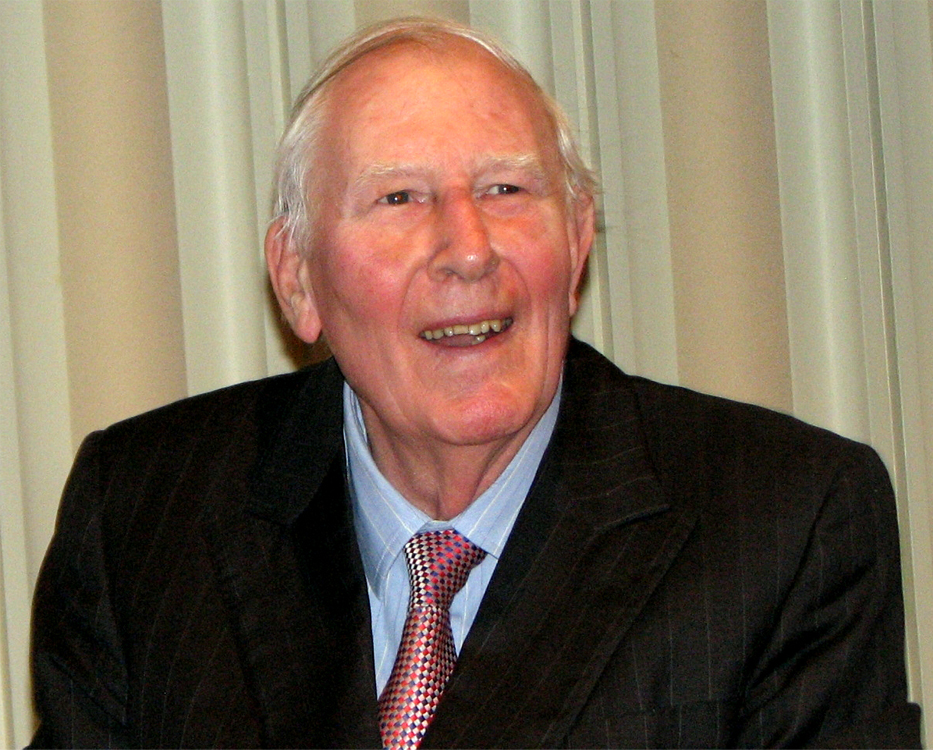Elizabeth Ascot is a new blend of fiction and fine tea – enjoy a cup as you lose yourself in historical fiction
Local author Agnes Fernandes has launched a historical fiction series that brings together the charm of storytelling with the pleasure of fine tea.
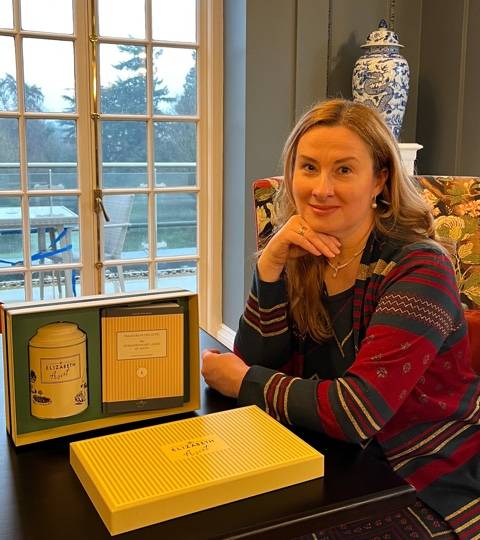
After more than a decade of writing romantic comedies and historical drama for the screen, Agnes turned to creating her first novel during the 2020 lockdown. The inspiration came to her on moving into a small cottage in South Ascot where she developed a story spanning over 158 years.
In 1862, a young Victorian governess arrives in Ascot during the aftermath of Prince Albert’s tragic death and lives in a small cottage on the estate of a country manor, while in 2020, a fashion designer named Lisa moves into the same cottage following a career setback. As Lisa settles into her new home, a series of dramatic events unveils her remarkable past as the creative director of Santierre, one of the world’s most renowned fashion brands. Lisa discovers the governess’s timeworn journals. Through their pages, she is drawn into a world of Victorian tea parties, hidden ambitions, and the pursuit of women’s liberation. Lisa becomes immersed in the life of the governess from over 158 years ago and unexpectedly finds connections between their experiences. As the past and present intertwine, themes of resilience, love, and the enduring bond of women across time come to life in this richly woven tale.
The modern storyline, focused on the fashion designer, was partly inspired by the author’s friendship with the legendary French designer Hubert de Givenchy. Working closely with him on his 50-year retrospective exhibition, Agnes gained a rare insight into the world of haute couture, alongside Givenchy and his devoted team, all driven by their commitment to his artistic vision.
The novel is being released in five instalments, each accompanied by a bespoke tea blend. The debut book, available now on the Elizabeth Ascot website, comes packaged in a beautiful gift box with ‘Victorian Black’ a single estate, loose leaf orange pekoe tea grown exclusively for Elizabeth Ascot on a third-generation Scottish family estate in Malawi. This exceptional black tea boasts a complex character, with notes of dark forest honey, earthy malt, and a hint of dry wood, balanced by gentle blackberry flavour.
A perfect gift for fans of historical fiction and fine tea, Elizabeth Ascot is an invitation to embrace British heritage, one page and one cup of tea at a time.
Visit Elizabeth Ascot for more.








